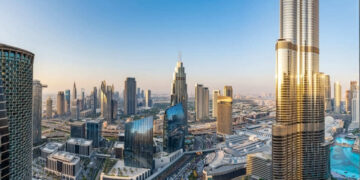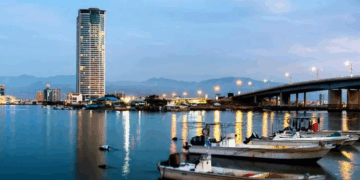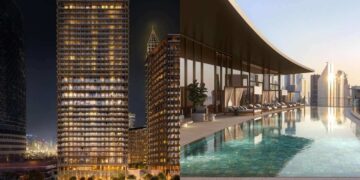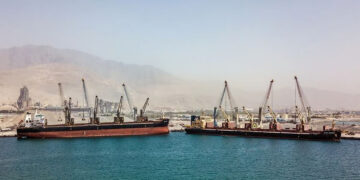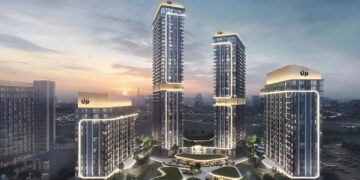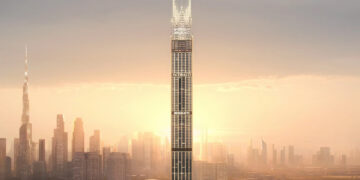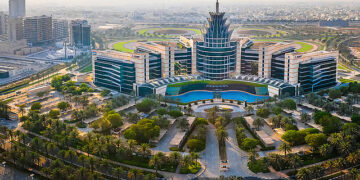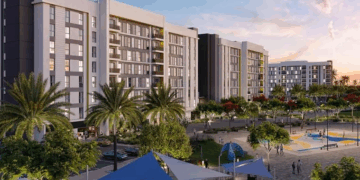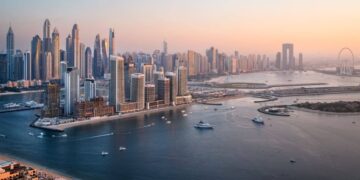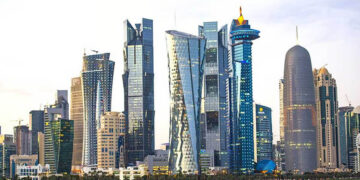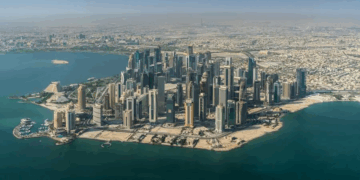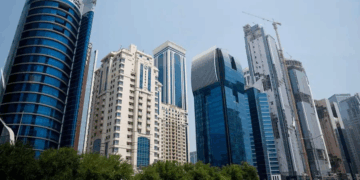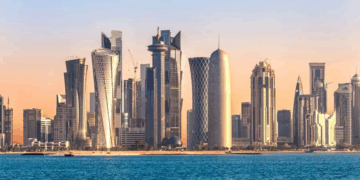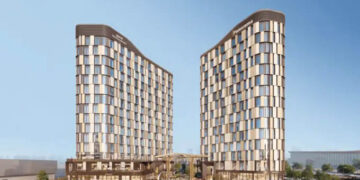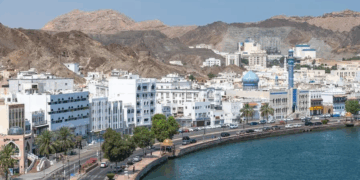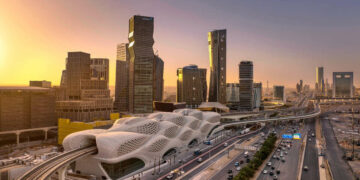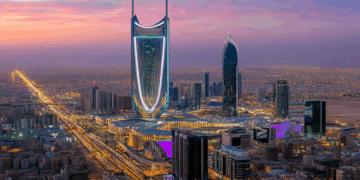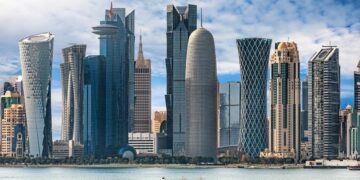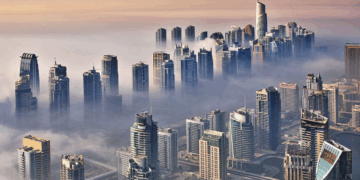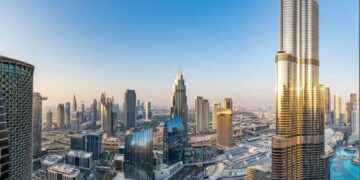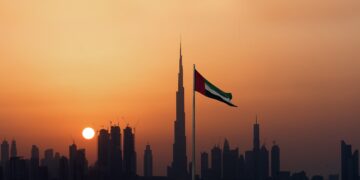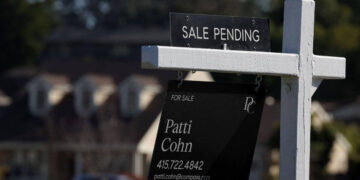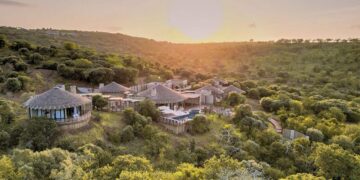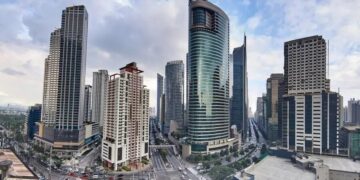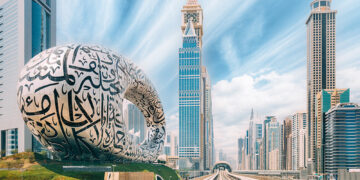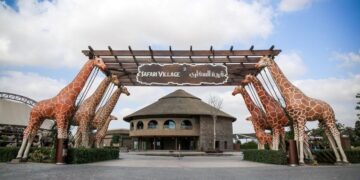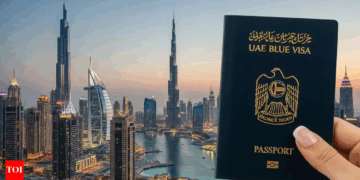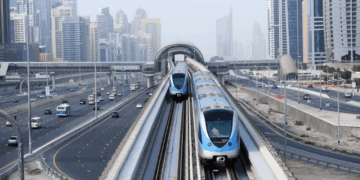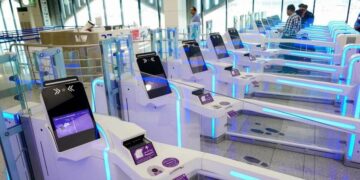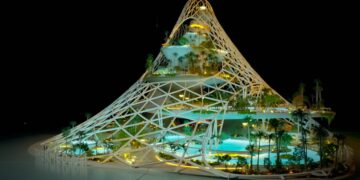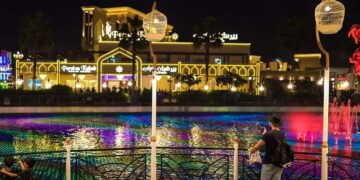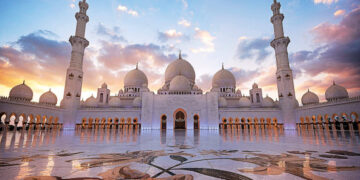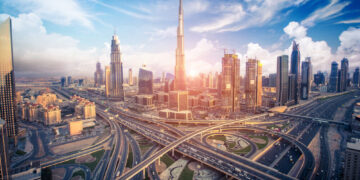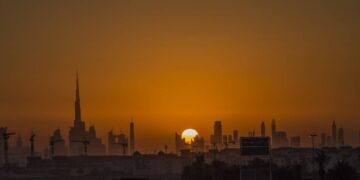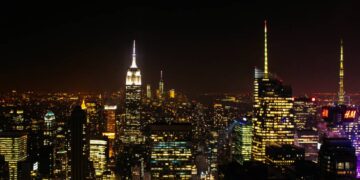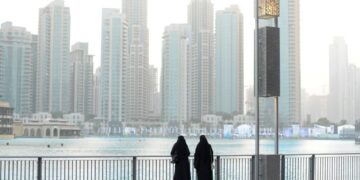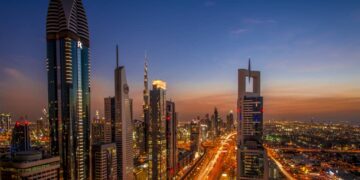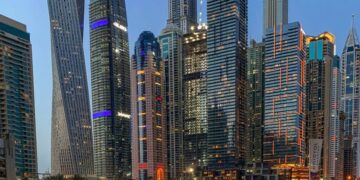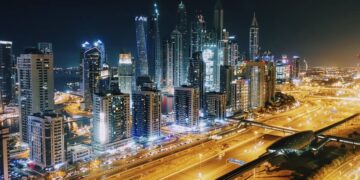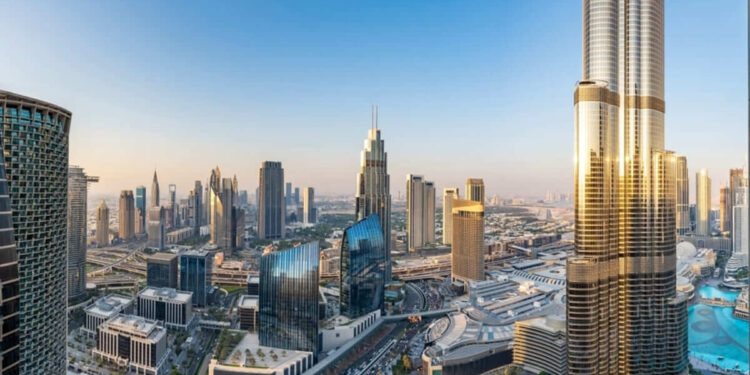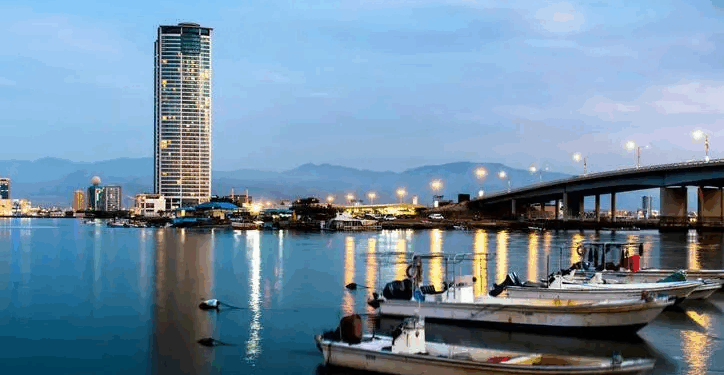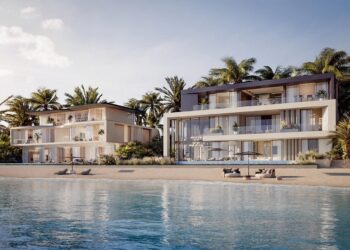With a consistent rate of new launches and completions in line with the emirate’s growing population and ongoing investor demand, Dubai’s residential real estate market kept growing in the third quarter of 2025.
The city reported over 10,000 new residential units launched in Q3 2025, according to Savills’ most recent Dubai Residential Market Report. This indicates a more steady approach to pipeline expansion compared to the peak launch cycles of prior years and reflects developer confidence.
According to the research, 97% of all new launches during the quarter were apartments, highlighting a larger structural change in supply toward high-density communities where accessibility, facilities, and pricing make them appealing to both investors and end users. On the other hand, there were few villa and townhouse openings, which supports price resilience in the low-density market and reinforces scarcity value.
Savills points out that even though the majority of new supply is in the apartment market, there is still a strong demand for well-positioned villa developments, as evidenced by the success of Phase 2 at Jumeirah Golf Estates, which was fueled by strong demand for luxury lifestyle communities and appealing payment plan options.
With around 8,500 new units supplied in Q3, the total number of completed units in 2025 to date is almost 30,000, which is equal to the total volume delivered in 2024. According to the Savills research, an additional 10,000 residential units are expected to be completed in Q4, demonstrating the continued depth and diversity of the supply pipeline.
Ellington House by Ellington in Dubai Hills Estate, Palace Residences by Emaar in Dubai Creek Harbour, and Viridian by Meraas in Al Wasl were among the quarter’s major finishes.
Savills projects that more than 250,000 new homes will be delivered by the end of 2028, setting Dubai up for what it refers to as “dynamic market evolution” as the equilibrium between supply and demand reacts to changes in lifestyle and demographics.
Strong population inflows continue to sustain Dubai’s residential market, according to the research. Dubai’s population exceeded four million in September, and estimates indicate that it will reach five million by 2030 due to the growth of the aviation, tourism, logistics, financial services, and new-economy sectors as well as job creation and international talent migration initiatives.
In addition, Henley & Partners predicts that 9,800 high-net-worth individuals—the largest anticipated millionaire inflow worldwide—will relocate to the United Arab Emirates in 2025.
According to Savills’ Dynamic Wealth Index, Dubai is the best city in the world for drawing in and growing private wealth because of its appealing lifestyle, tax-free environment, Golden Visa program, and continuous regulatory changes.
After an extraordinary spike in Q2, Dubai’s prime market saw a return to more balanced activity in Q3. Savills reports that throughout the quarter, almost 1,500 transactions—including about 500 off-plan deals—exceeded Dh10 million, demonstrating the ongoing interest in new luxury complexes.
Villas dominated prime residential activity, making up 73% of all high-value transactions, in contrast to the general market. Despite the general trend toward apartments in mid-market and upper-mid-market neighborhoods, this indicates continued depth in the luxury villa market.
According to Savills, the introduction of luxury projects and ongoing demand from wealthy purchasers helped the average price per square foot for both apartments and villas reach new highs in Q3. However, since early 2022, average capital values for apartments have stayed relatively steady at about Dh1.9 million, which Savills attributes to a trend in recent developments toward lower unit sizes.
Due to limited supply and persistent demand from affluent locals and investors, the average home sale price in Q3 remained above Dh7 million, up 24% from the 2024 average of Dh5.75 million. Savills points out that Dubai’s residential market outlook is still generally optimistic, despite the possibility that short-term investment patterns may be impacted by changes in geopolitical dynamics and global financial turbulence.
Population growth and inbound investment are still fueled by the emirate’s advantages, which include political stability, business-friendly regulations, infrastructure capacity, and a high standard of living.
Market watchers claim that Dubai is about to enter a phase when the expansion of the residential market is increasingly based on structural demand rather than cyclical surges, thanks to a strong development pipeline, a diverse housing supply, and widening end-user ownership patterns.
According to Savills, the industry is currently “broadening in depth, maturity, and long-term stability,” making Dubai one of the most robust and progressive residential markets in the world.
